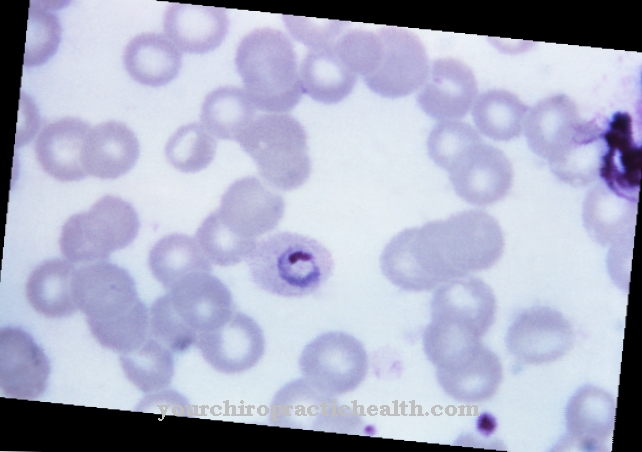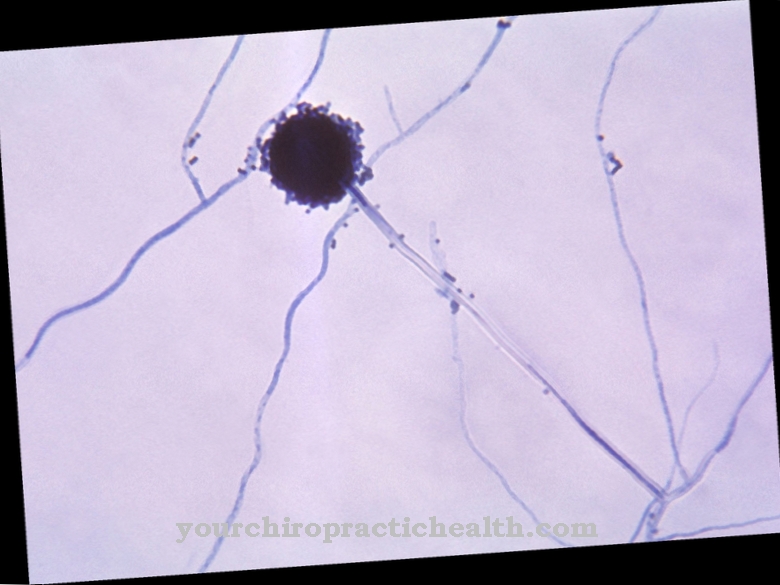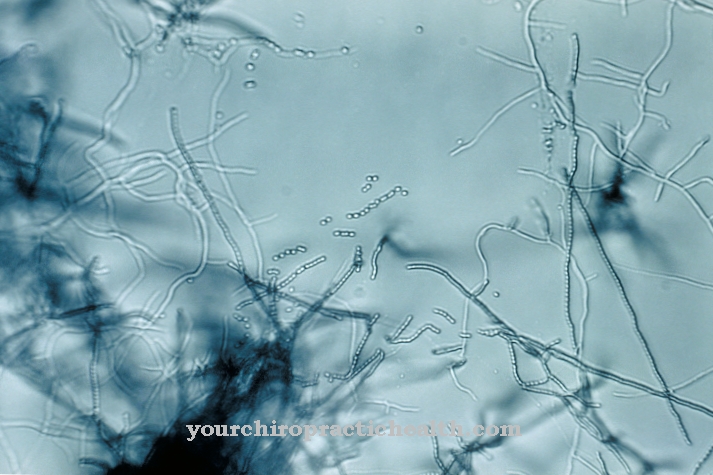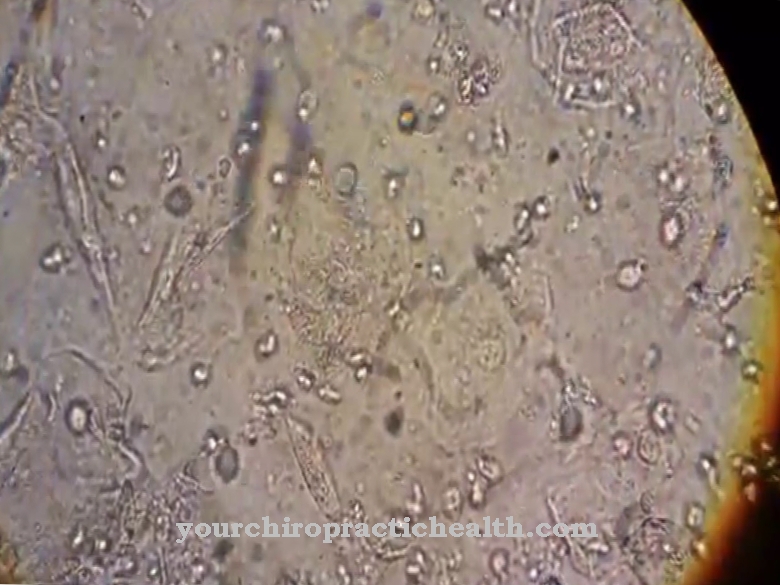Roundworms belong to the most species-rich worm genera. Some sub-forms can affect humans and cause diseases.
What are roundworms?
Roundworms are also called Little elk or Nematodes known. They are considered to be extremely species-rich and have more than 20,000 different species and 2000 different genera.
Since some species can affect both humans and animals, they are counted as parasites. Well-known roundworm species that are considered harmful to humans are, for example, the pinworm, the whipworm and the roundworm. However, since the 1950s the number of roundworm infections in humans has been falling.
Occurrence, Distribution & Properties
Roundworms are found almost everywhere. They live in terrestrial biotopes as well as in salt and fresh water. Numerous types of parasites are also common among the nematodes. The roundworm (Ascaris lumbricoides), whose habitat stretches from East Asia through Africa to South America, is particularly well known. Other species are the pinworm (Enterobius vermicularis), the dwarf threadworm (Strongyloides stercoralis) and the wandering filament (Loa loa).
Since the roundworms only reach a microscopic size, they are counted among the meiofauna. A few species such as the horse roundworm, however, reach a length of several meters.
Roundworms are triploblastic primordial mouths. Their typical shape is in the form of a worm. They become long and have a round cross-section. The nematodes do not have any segmentation. A narrow pseudocoel serves as the body cavity. The head of a nematode is equipped with small directional organs that serve as eyes, so to speak. In addition, the worm has a large mouth and throat. The mouth on the front side often contains extensions. These function for touching and for taking in food. The anus is located at the pointed rear end.
The largest roundworm is the placentonema gigantissimum, which occurs in the placenta of sperm whales. The females can achieve a length of about 8.40 meters. Their diameter is 2.5 centimeters. In contrast, the males only reach a length of 4 meters.
The skin cell layer of the roundworm is considered interesting. In contrast to other animals, it is not composed of individual cells. Instead, it consists of a mass of cellular material. This is not divided into individual cells by membranes. There are also several cell nuclei. A multi-layered, thick membrane is secreted from the epidermis, which has the property of protecting the nematode from adverse environmental influences and dehydration. In the case of parasites, this cuticle can even protect the worm from the digestive juices of the host body.
Similar to the roundworms, the roundworms are also provided with longitudinal muscles that are used for locomotion. They extend from the head to the tail. The nematode's nervous system is considered to be very simple. It is composed of a circumoesophageal or cirumpharyngeal ring. From there, a ventral and a dorsal main cord run in the posterior direction. The ring is able to perceive and process different stimuli. In contrast to other animals, the worm's muscle cells can independently spread to the nerve pathways.
The diet varies depending on the type of roundworm. Free-living species feed on algae, fungi, bacteria, feces and carrion. Sometimes animals are also captured by predators. With the help of the extensions on the mouth, the food can be taken in and crushed with the strong muscles. The processing and digestion of the food then takes place in the intestinal space.
The reproduction of the nematode is carried out sexually, whereby there are mostly two separate sexes. Sometimes there are also hermaphrodites that fertilize themselves. This includes, for example, the species Caenorhabditis elegans. Since the roundworms have the property to molt, they are counted among the molting animals.
Roundworms are transmitted primarily through the consumption of raw meat. The larvae of the worms already appear in it. The ingestion of worm eggs contained in faeces can also lead to worm infestation, which is often the case in dogs. Food contaminated with worm eggs is also considered dangerous.
Illnesses & ailments
If a person is attacked by roundworms, medical science speaks of filariasis. A worm infestation causes different diseases, which depend on the respective species. These include a. onchocerciasis (river blindness), lymphatic filariasis and loiasis.
The Wuchereria bancrofti worm is particularly contagious and affects an estimated 108 million people around the world. Another 12 million species of Brugia carry them. An infestation with Onchocerca volvulus is suspected in around 17 million people. The disease occurs almost entirely in Africa. In Germany, infections with roundworms are very rare. Those affected almost always stay in tropical countries beforehand.
An infestation with roundworms is usually noticeable through considerable itching in the anal region. This is particularly evident at night and is intensified by warmth. If girls and women are infected by a roundworm, the inflammation sometimes spreads to the vagina.
A roundworm infestation is usually discovered when the long worms can be seen in the patient's feces or anus. To fight the parasites, anthelmintics (worming agents) are given, which kill the worms. In addition, consistent hygienic measures are required in the anus area.

























.jpg)


